Sculpting The Ferrari 250 GTO And Other Automotive Wonders
Images: Gianfranco Visentini
“Modena has been known as the centre for the handcrafting of steel body armour for the knights and soldiers since the Middle Ages,” explains Jean-Marc Borel, who has been the curator for the exhibition known as ModenArt ‘The Sculptors of Speed’.
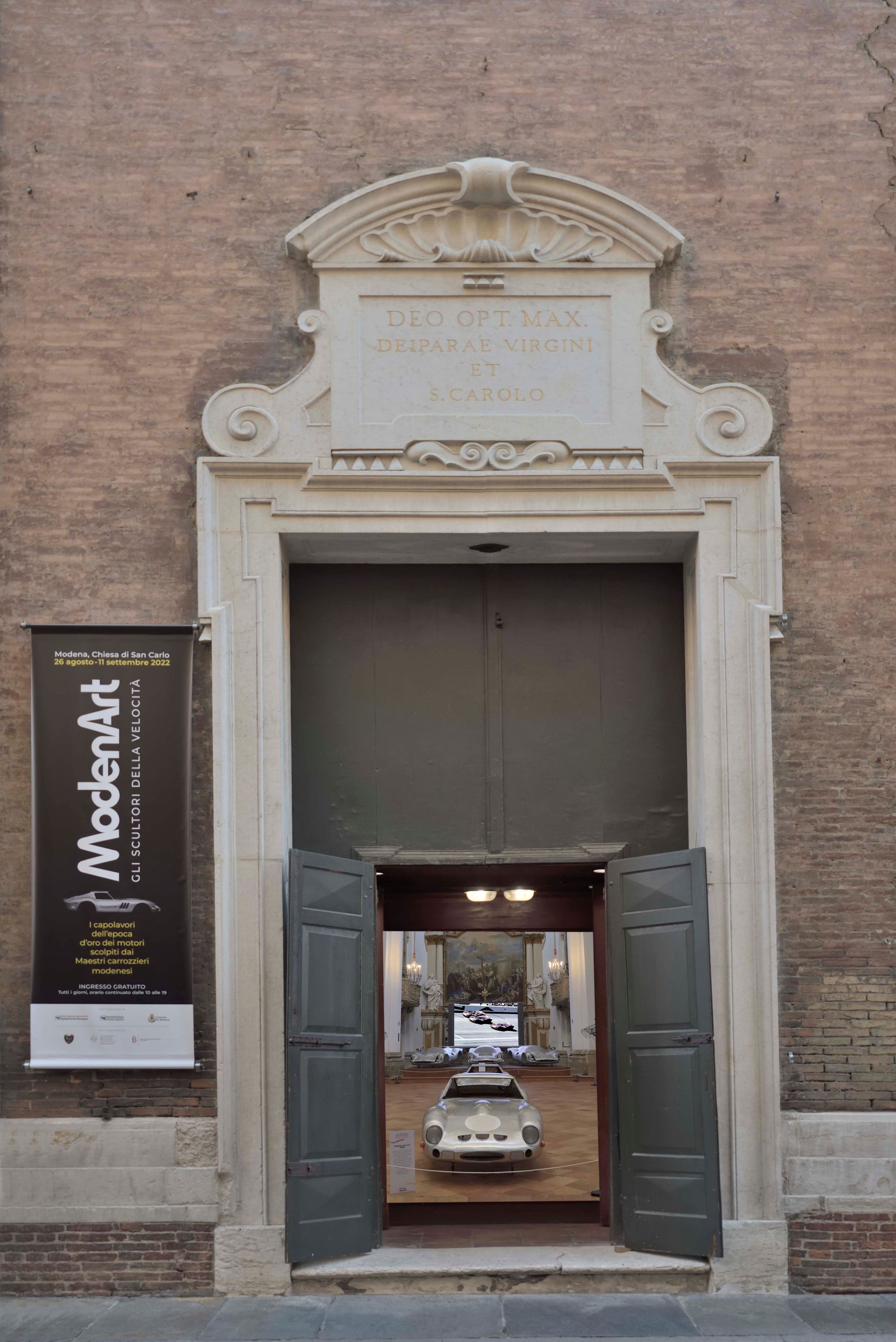
As Borel explains: “Since centuries, the tradition of metal bashing and working with your bare hand and hammer has given birth to generations of traditional craftsmen with exemplary skills, who are able to shape just about any form of sculpture out of sheet metal.”
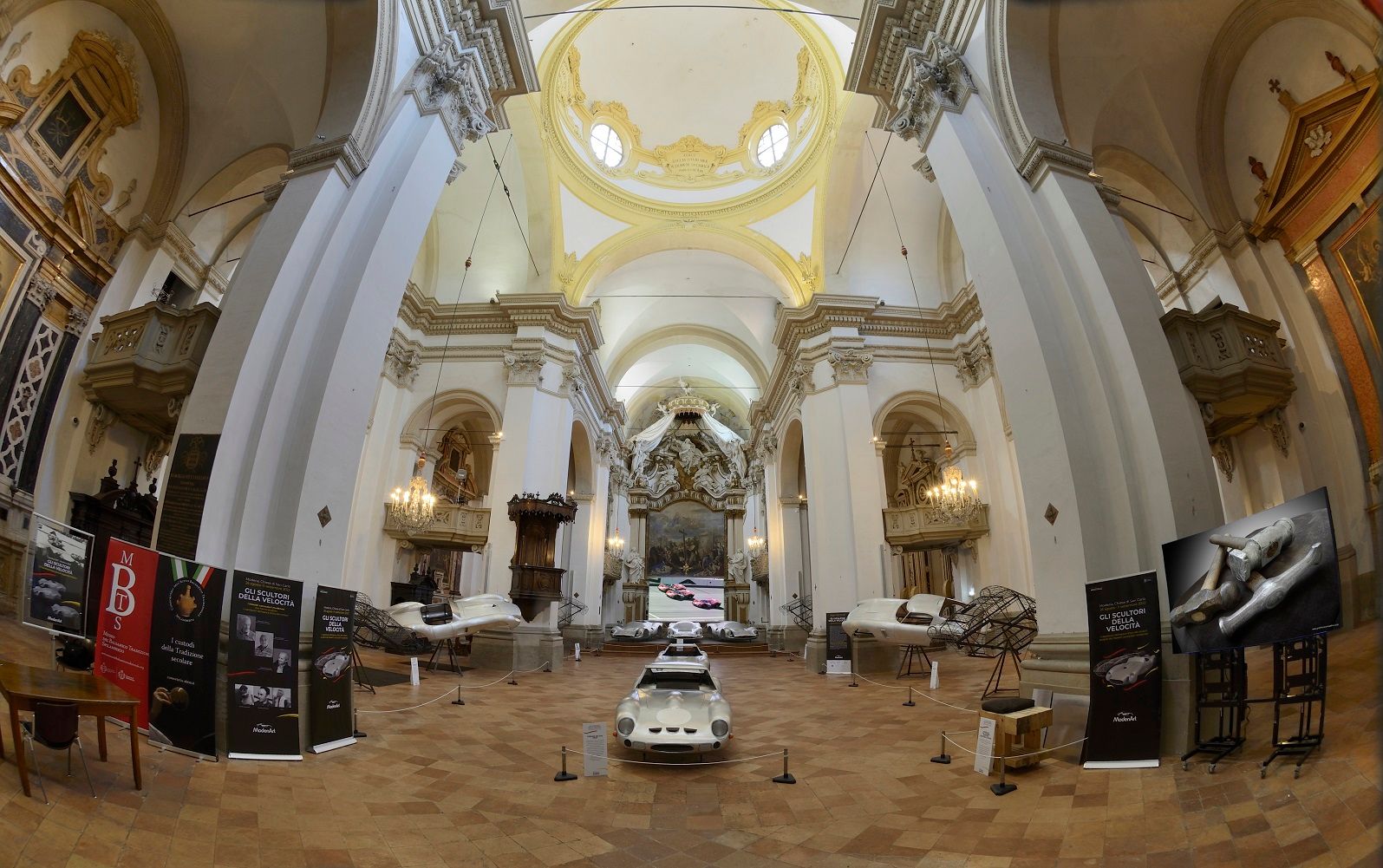
“This was the tradition that gave rise to highly specialised coachbuilding facilities ateliers in Modena, such as Fantuzzi and Scaglietti, who made bodies for Maserati and Ferrari,” explains Borel. “Afro Gibellini and Oriello Leonardi were two of the original three—with the legendary Giancarlo Guerra as the third who sadly passed away last year—who shaped, with their bare hands, the bodies of famous cars such as the Ferrari 250 LM and the 250 GTO.”
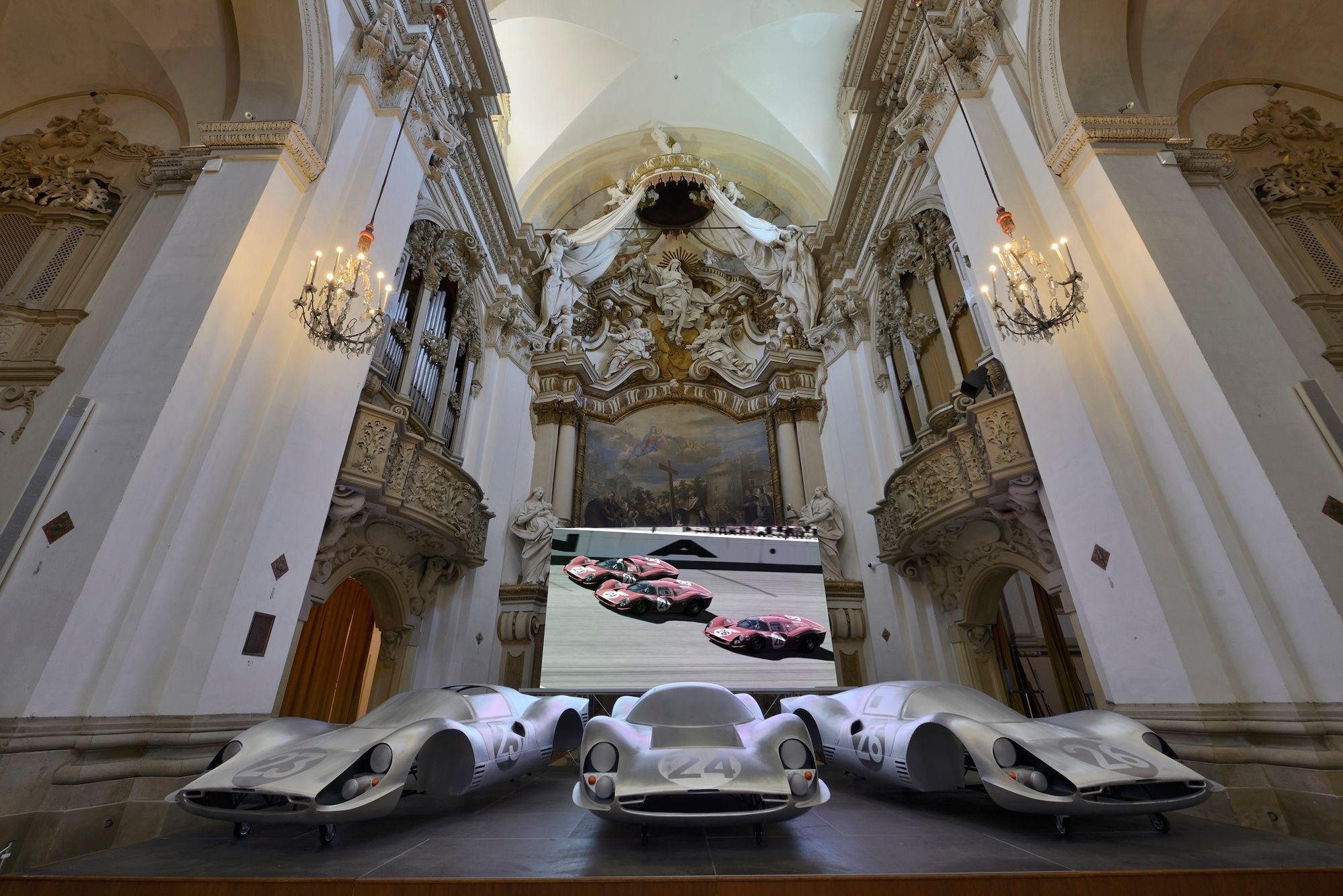
The ModenArt ‘The Sculptors of Speed’ exhibition was designed to reflect the amazing skills and abilities of Gibellini and Leonardi, to still be able to sculpt out those wonderful forms that clothed some of the most beautiful and valuable automobiles in the history of the motor car. “The exhibition aims to preserve and promote an exceptional heritage, the uniquely Modenese art of hand-beaten bodywork,” explains Borel.
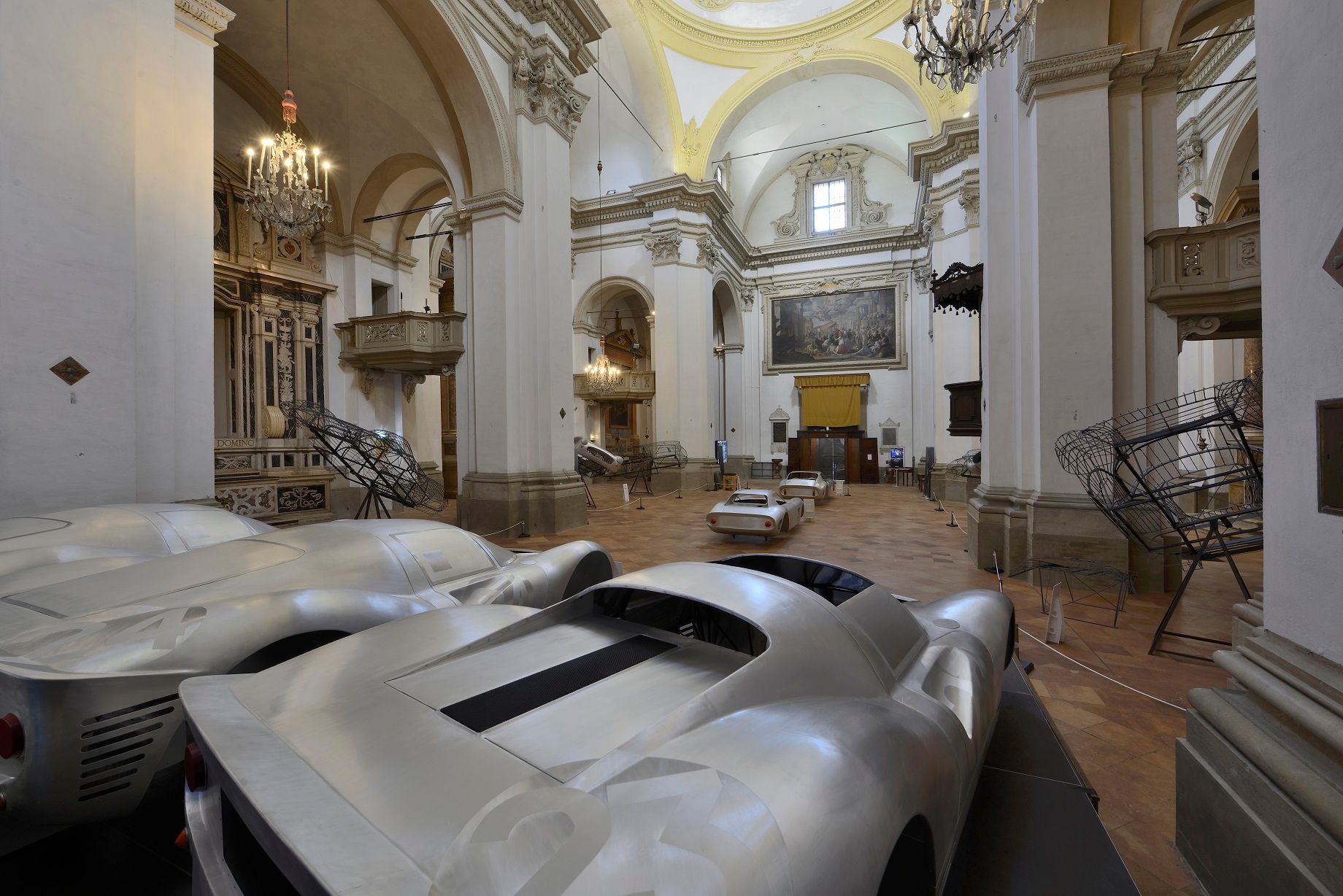
The inaugural exhibition in 2019 was a huge success, with more than 15,000 international visitors attending over the ten days that the sculptures were on display at the beautiful 17th century church of San Carlo in Modena.
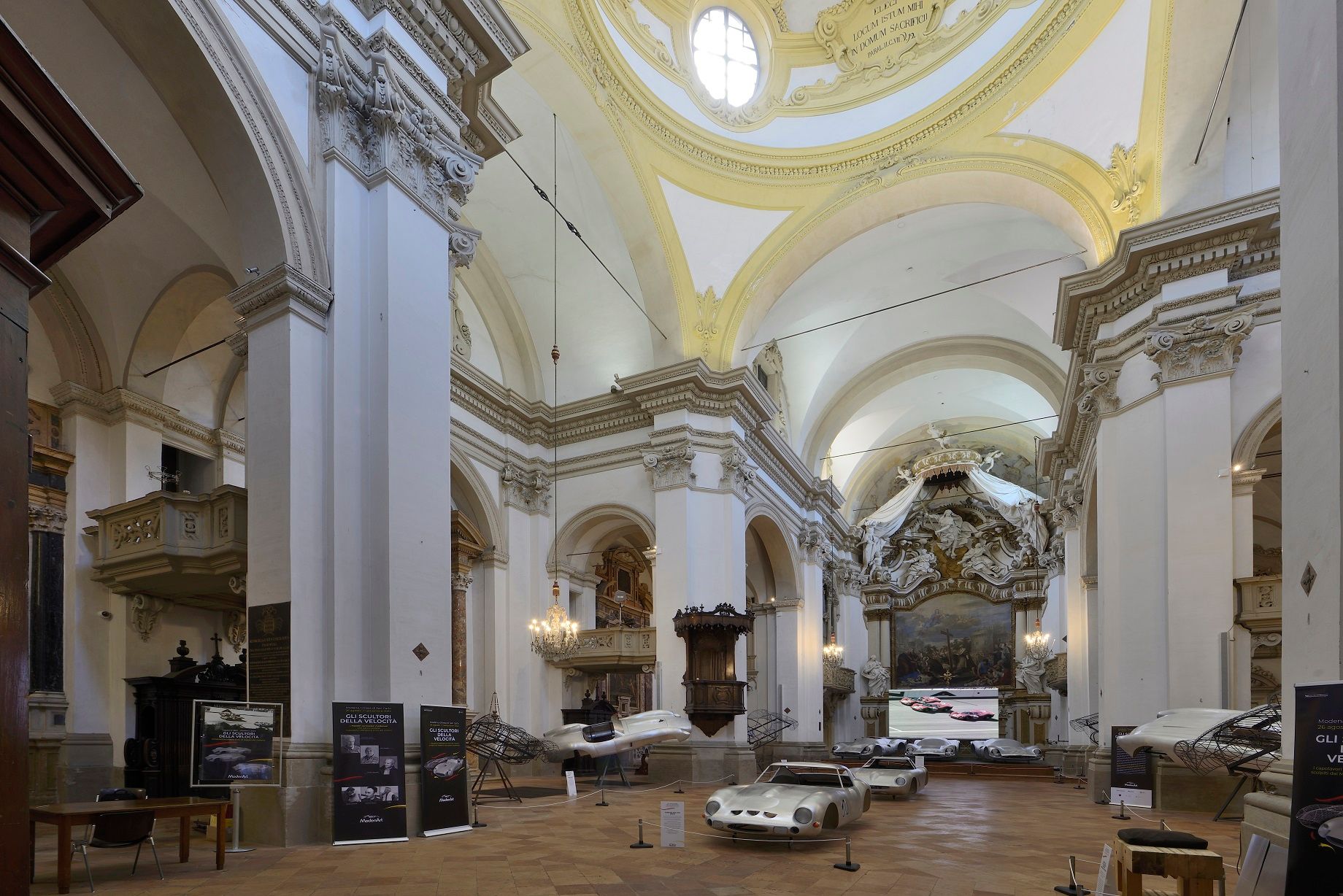
As a follow-up to that, the latest ModenArt exhibition builds on the experience with an extended program of brand-new works, running from the 26th of August to the 11th of September 2022. Once again, it has been staged in Modena city, described by many enthusiasts as the ‘the holy of holies of supercars’, in the prestigious setting of the San Carlo Church.
“Imagine bringing together in a single exhibition ten iconic masterpieces that define the pinnacle of Modena body-making exhibited as true sculptures of modern art,” explains Jean-Marc Borel.
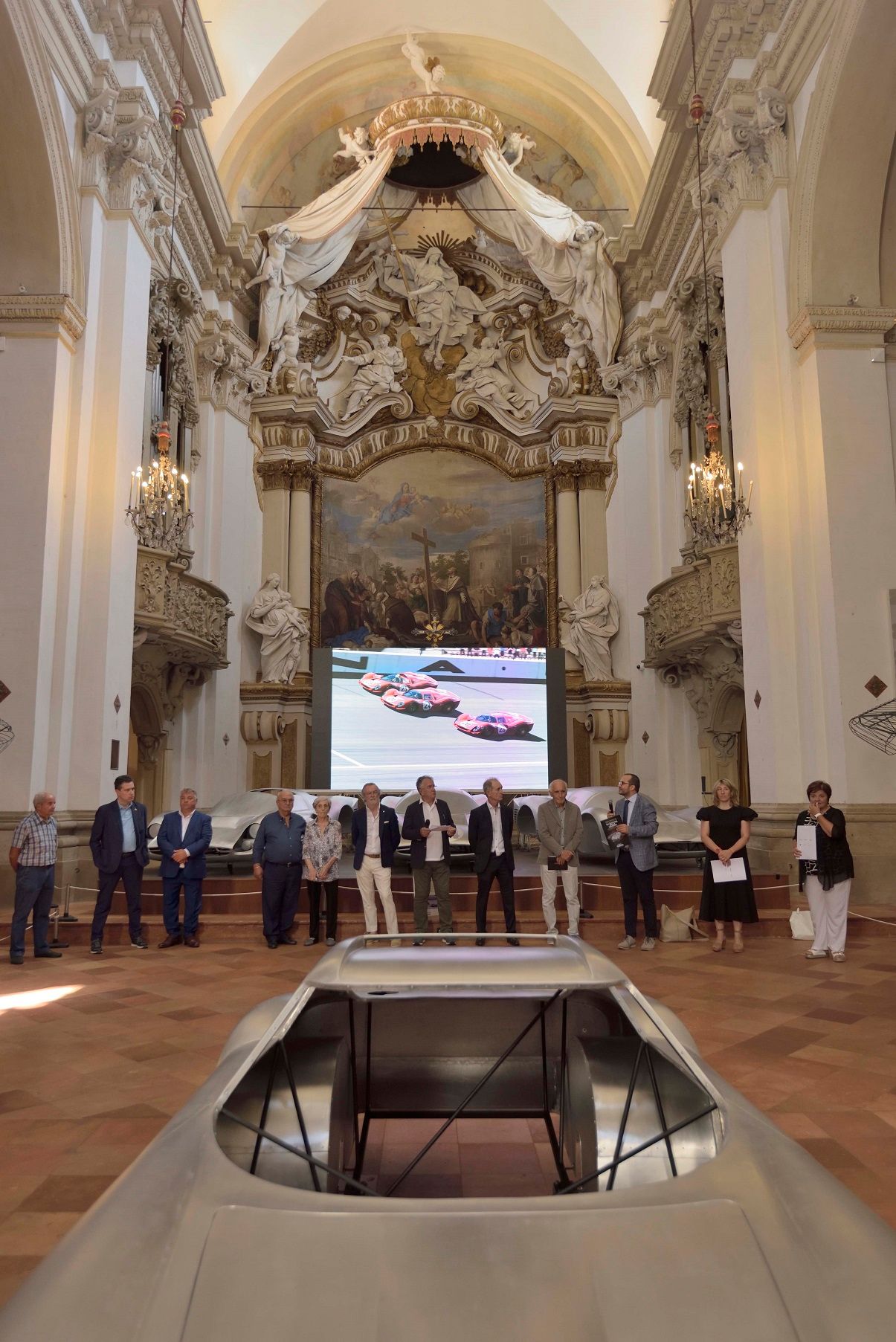
Visitors have been able to admire the sublime aluminium bodies and iron wire mannequins called ‘filones’ of several cult automobiles: Ferrari 330 P4, Ferrari 250 Testa Rossa, 312 P, 250 GT SWB and GTOs from ‘62 and ‘64. A dream display that no museum in the world, or any collector, can ever get together.
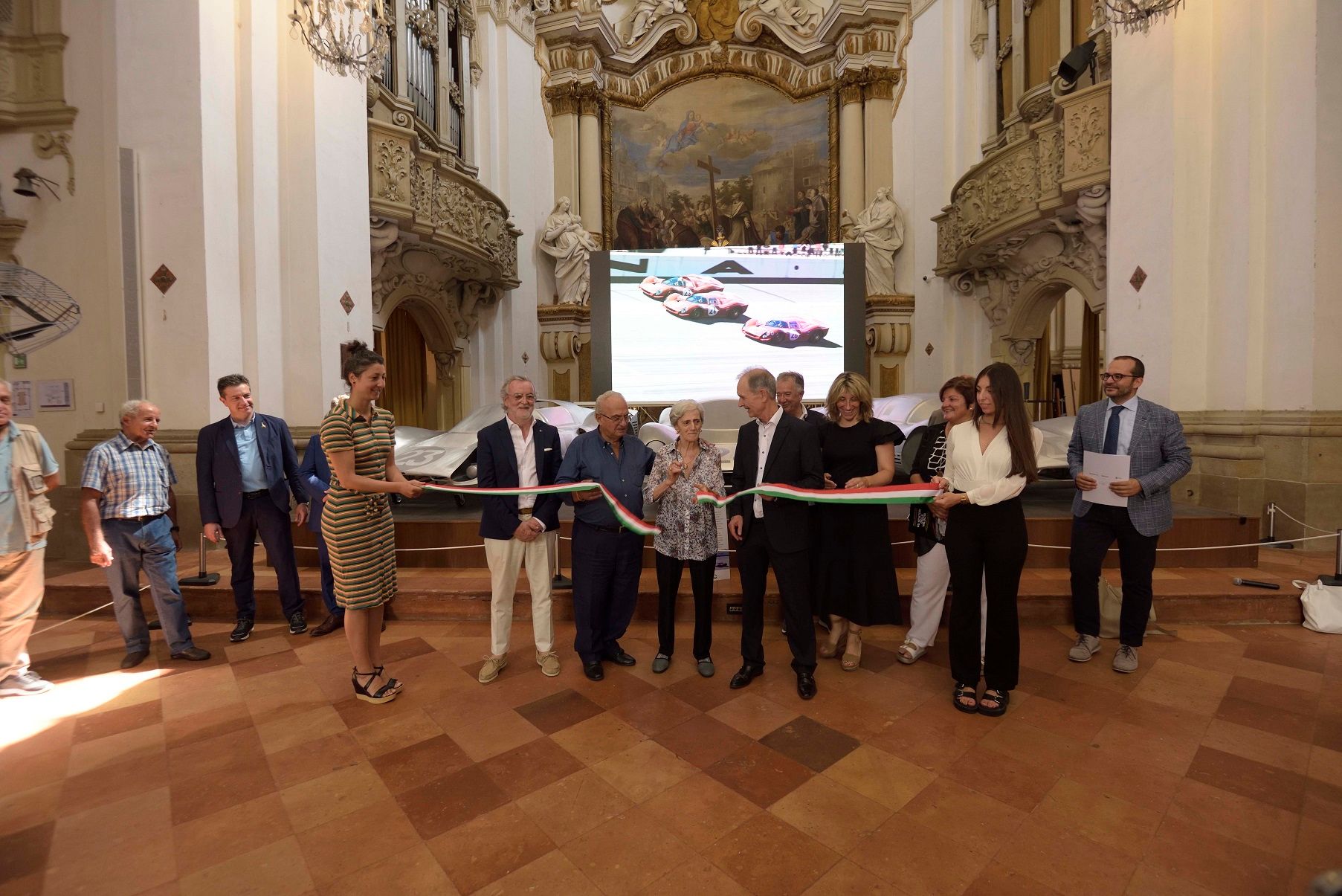
“Who could imagine that, like Michelangelo’s David, these legendary competition models were crafted entirely by hand in the manner of Renaissance sculptors, directly under the hammer of genius artists using ancestral gestures and rudimentary hand tools, such as a tree trunk, a sandbag, an anvil, and shears?” says Borel.
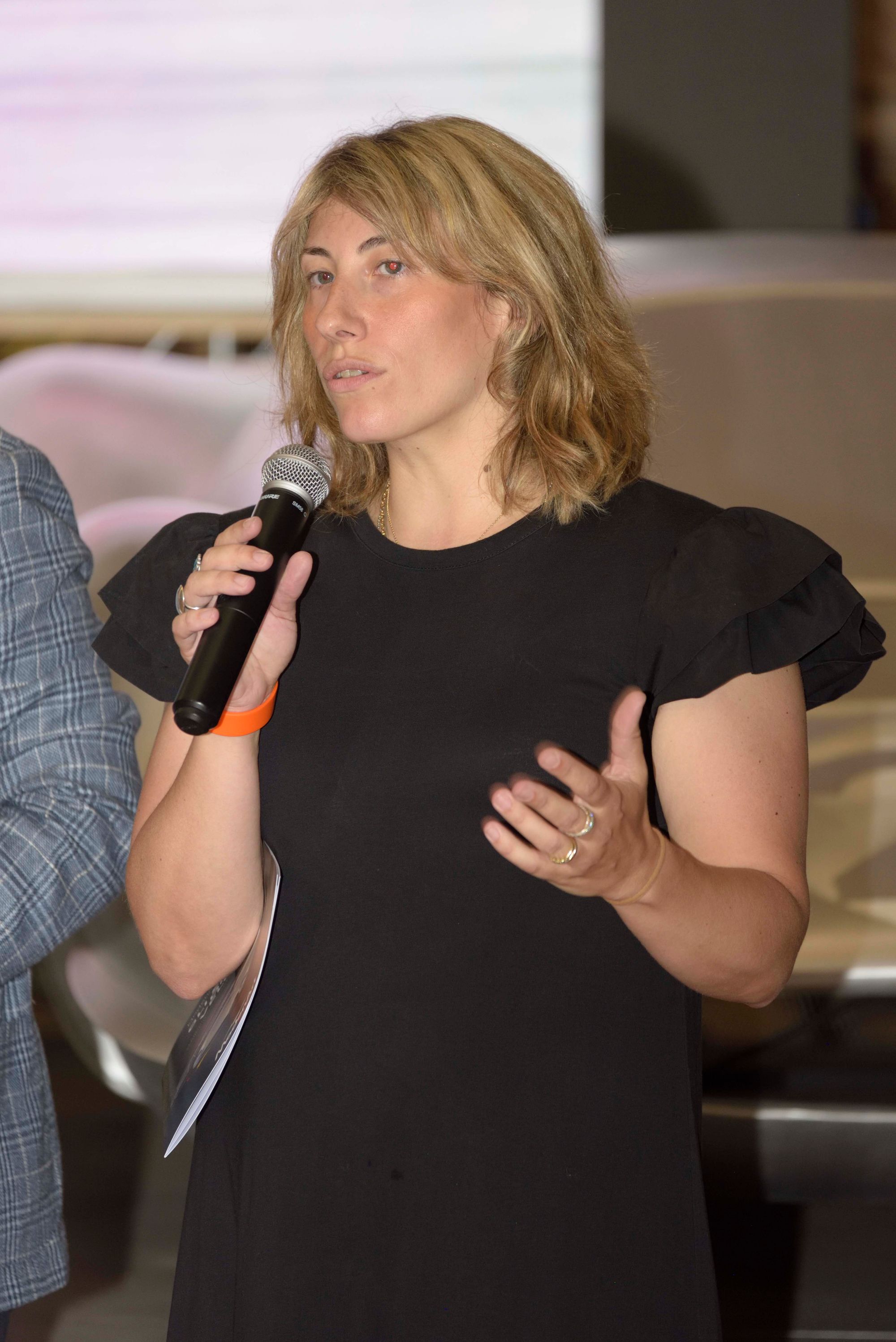
The virtuoso master coachbuilders who initially created these mythical masterpieces, by showcasing these fabulous sculptures, decided to transmit their extraordinary heritage to future generations.
All the models are perfectly identical to their past creations, built with the same tools, the same techniques and above all, by the same hands that originally shaped them. A work of considerable culture that gave birth to a truly unique collection.
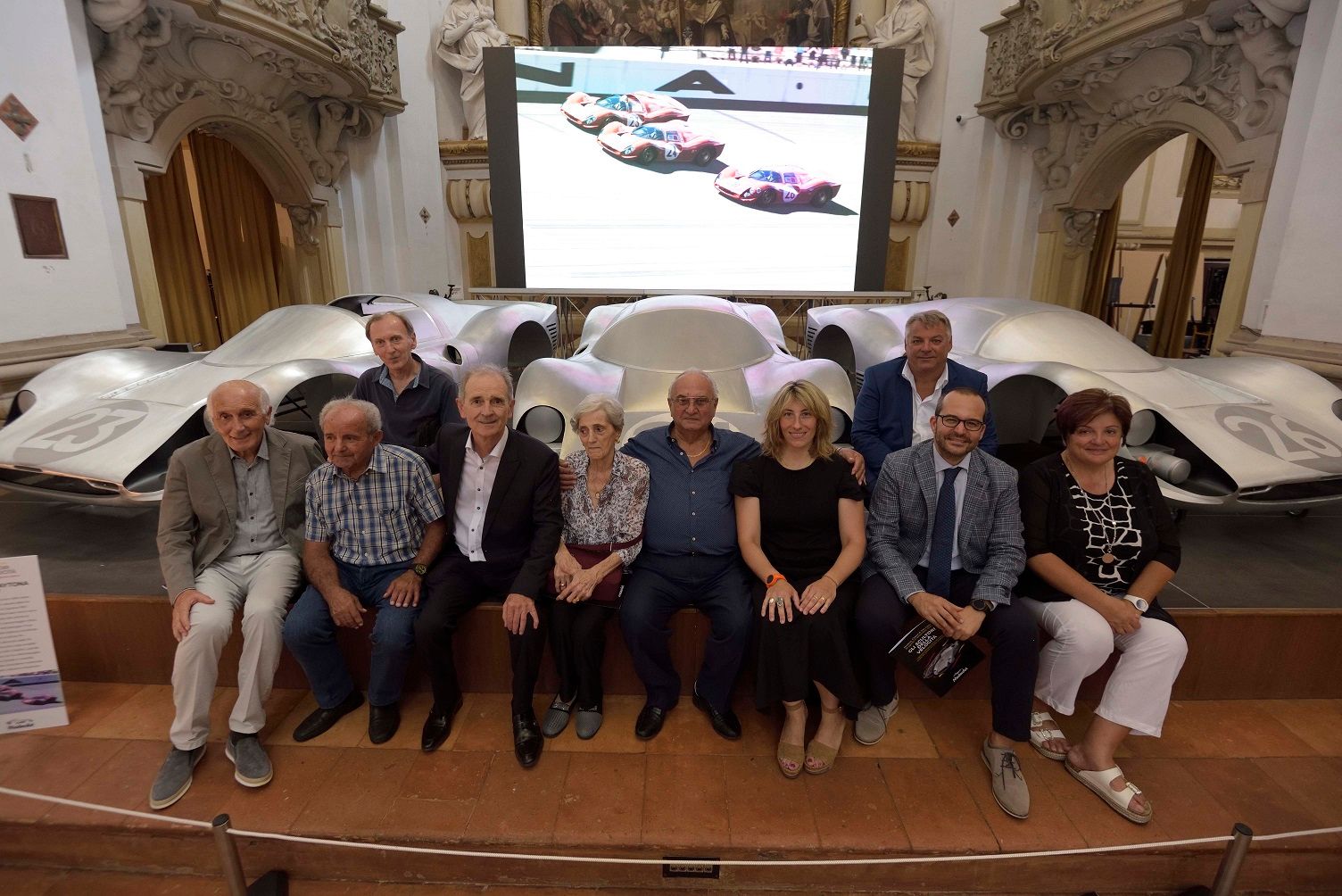
So far, the ‘sculptors of speed’ is the one and only exhibition in the world dedicated to Modena's coachbuilder’s masterpieces.
These magnificent sculptures, designed for speed and presented in this exhibition, speak simply and directly to everyone's sensibilities, and brings the concept of automotive art closer to everyday life.
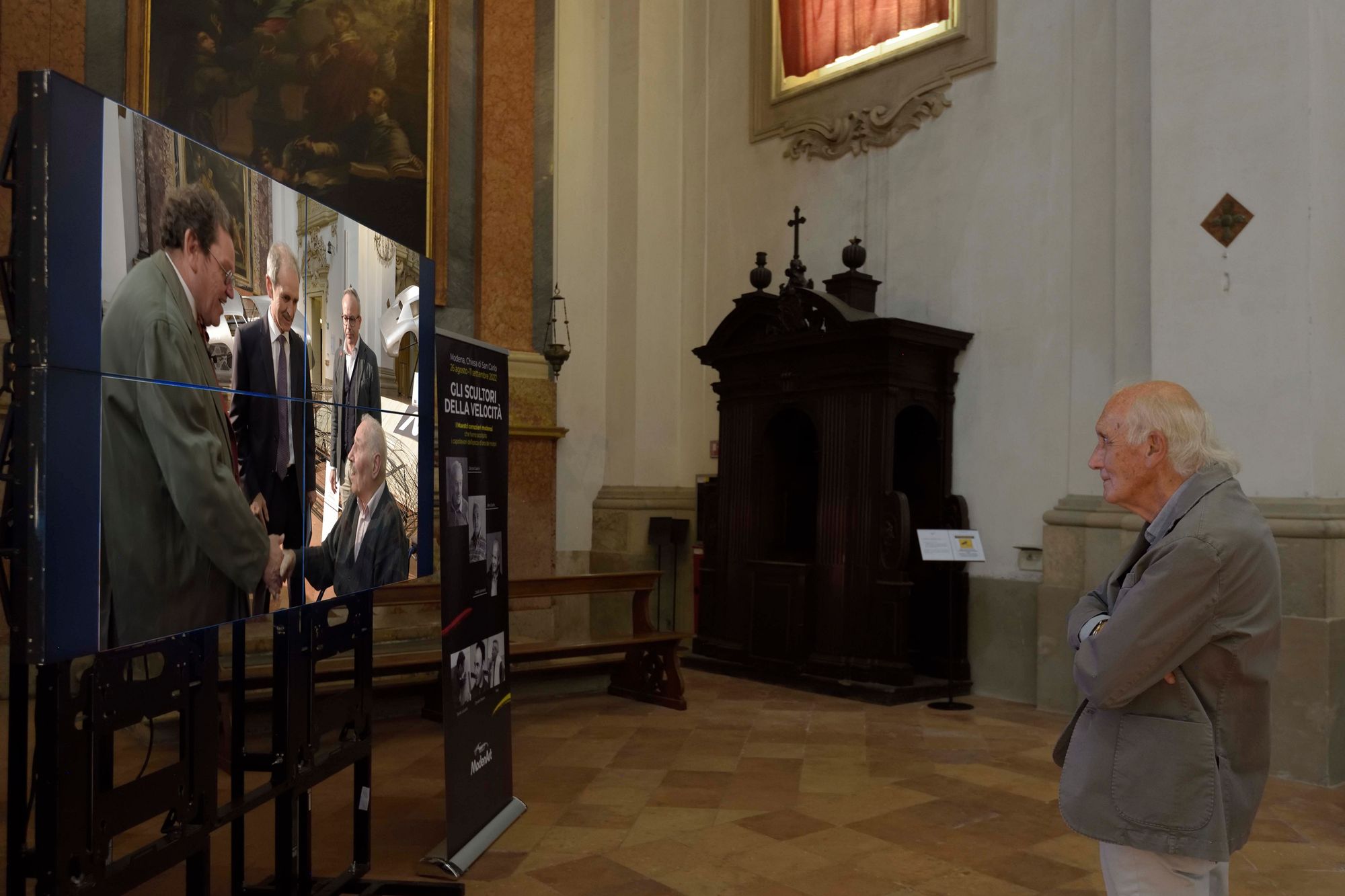
Comments
Sign in or become a deRivaz & Ives member to join the conversation.
Just enter your email below to get a log in link.
